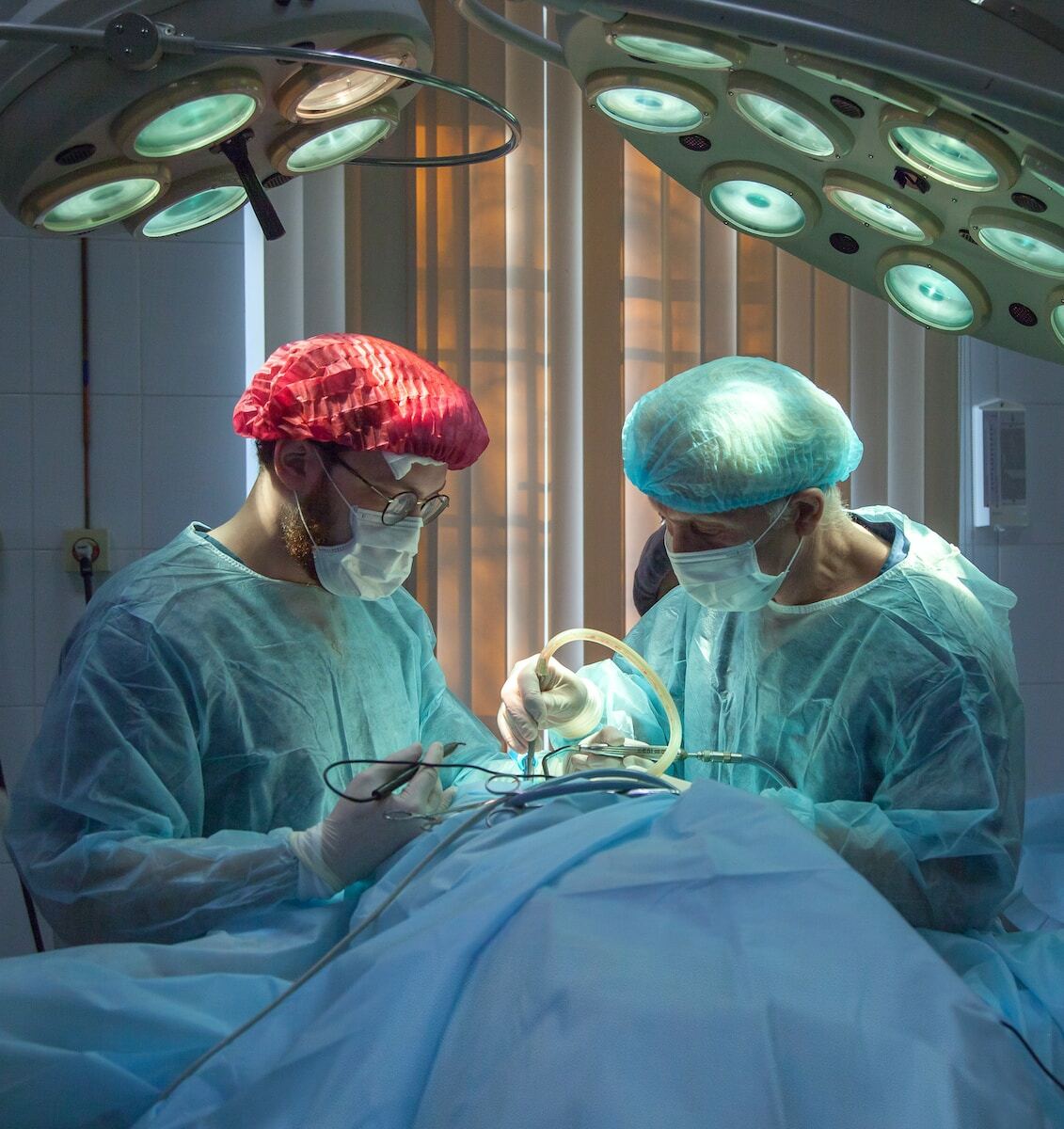
In recent years, the field of ear wax removal has witnessed remarkable advancements in technology, revolutionising the way we address this common issue. Gone are the days when manual techniques were the sole means of removing excess ear wax. Today, with the help of cutting-edge tools and techniques, healthcare professionals such as audiologists, ENT’s and nurses can provide more efficient and effective solutions for their patients. In this article, we will explore some of the latest technological advances in manual instrument ear wax removal.
One of the most significant advancements in manual instrument ear wax removal is the introduction of microsuction. This technique utilises a specialised device that gently suctions out the ear wax, without causing any discomfort or pain to the patient. Unlike traditional methods that involve probing the ear with instruments, microsuction offers a more precise and safer approach.
Microsuction is particularly beneficial for individuals with sensitive ears, those who have had previous ear surgeries, or those prone to ear infections. Its ability to remove wax without touching the ear canal significantly reduces the risk of injury or infection, making it a preferred option for many healthcare professionals.
Benefits of Microsuction:
Endoscopic ear wax removal takes the precision of microsuction to the next level by incorporating a tiny camera called an endoscope. This advanced technology allows audiologists to visualise the ear canal and monitor the entire removal process. By seeing exactly what they are doing, they can ensure a thorough and safe procedure.
Advantages of Endoscopic Ear Wax Removal:
Another significant advancement in manual instrument ear wax removal is the introduction of irrigation systems. This method involves using a gentle flow of warm water to flush out the excess ear wax. The water is directed into the ear canal through a specialised nozzle, allowing for the wax to be removed.
Irrigation is particularly useful for individuals with impacted ear wax, as it can dislodge and remove stubborn wax build-up.
Benefits of Irrigation:
This method does have a higher increase of complications when compared to other of ear wax methods that are mentioned in this article. Which is why at Hearing First we NEVER irrigate.
The integration of advanced technologies into manual instrument ear wax removal brings numerous benefits to both healthcare professionals and patients. By embracing these innovations, we can expect:
As technology continues to advance, we can anticipate further refinements and innovations in the field of manual instrument ear wax removal. Researchers are exploring the use of robotics, artificial intelligence, and advanced imaging techniques to enhance precision and efficiency. These developments hold the potential to revolutionise the way we address ear wax removal, making it even safer, more comfortable, and efficient for patients in the future.
In conclusion, technological advances in manual instrument ear wax removal have ushered in a new age of precision, safety, and efficacy. With techniques such as microsuction, endoscopic ear wax removal, and irrigation, healthcare professionals can provide more comfortable and effective solutions for their patients. By embracing these advancements, we can ensure a brighter future for individuals seeking relief from the discomfort caused by excessive ear wax.
Q1: What is microsuction and what are its benefits?
Microsuction is a technique that uses a specialised device to gently suction out ear wax without causing discomfort or pain to the patient. The benefits of microsuction include gentle and painless removal, precise targeting and removal of excess ear wax, safety for sensitive ears, and reduced risk of infection.
Q2: What is endoscopic ear wax removal and what are its advantages?
Endoscopic ear wax removal incorporates a tiny camera called an endoscope to visualise the ear canal and monitor the removal process. The advantages of endoscopic ear wax removal include improved visualisation, real-time monitoring for thorough cleaning, an educational tool for patient understanding, and enhanced safety to avoid accidental injury or trauma.
Q3: What is irrigation?
Irrigation is a method that uses a gentle flow of warm water to flush out excess ear wax.
Q4: What are the advantages of technological advances in manual instrument ear wax removal?
The advantages of technological advances in manual instrument ear wax removal include improved safety, enhanced precision, real-time monitoring for a more effective procedure, a comfortable experience for patients, patient education through visualising the procedure, and effective and long-lasting results.
On many occasions after providing a full hearing assessment I get asked the question “can…
Microsuction is a safe and effective method for removing earwax and debris from the ear…
Ear wax, also known as cerumen, is a substance that is naturally produced by our…
Ear wax, or cerumen, is a natural substance produced by the ear canal to protect…
Cleaning our ears is an important part of our personal hygiene routine. It not only…
Earwax, also known as cerumen, is a natural substance produced by the ear canal to…
This website uses cookies.